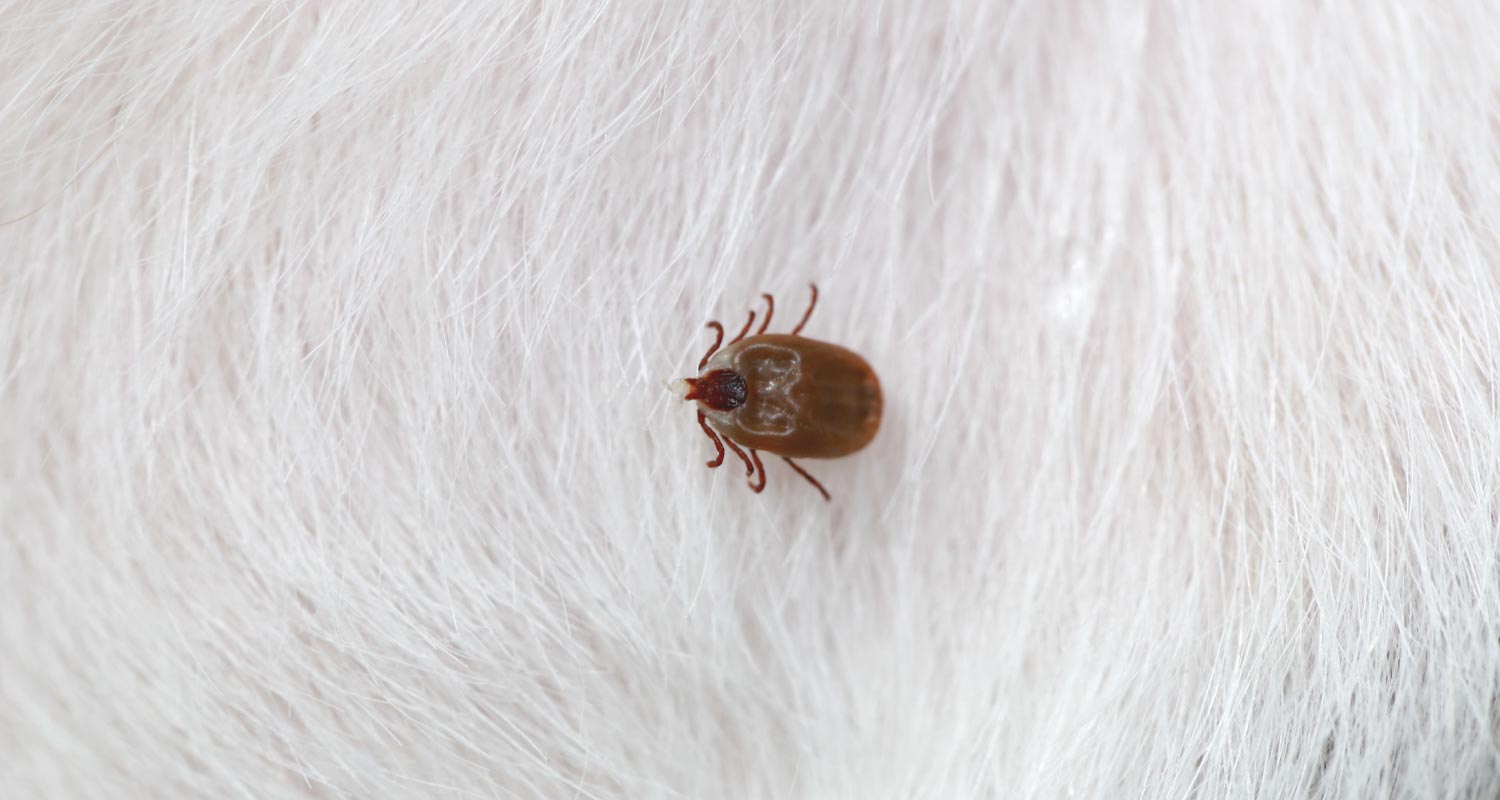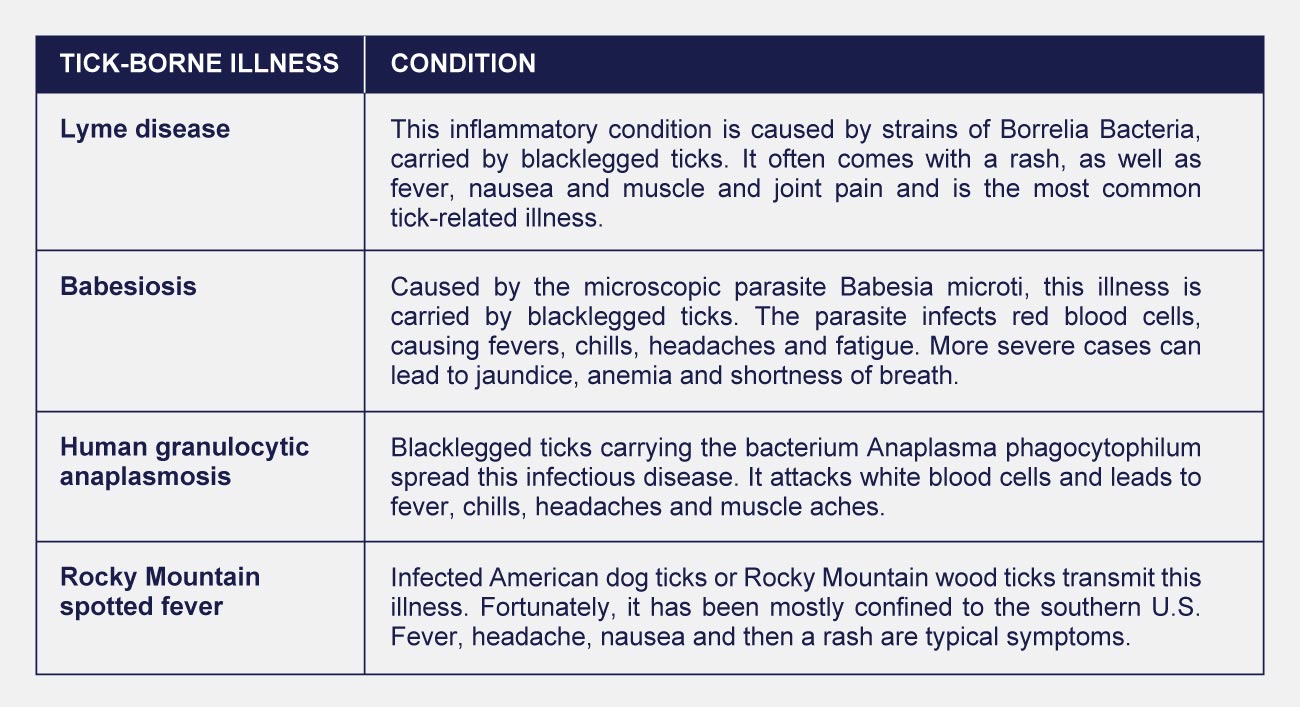HEALTH & WELLNESS

TRENDING

SIGN UP and Start Receiving
Our Monthly Newsletter,
The Chronicles
Ticks & Fleas: When They Thrive and What To Do

Ticks and fleas typically start hatching when temperatures start rising and their presence increases dramatically with warmer temperatures. Ticks and fleas are a dog’s most common enemies and may cause serious diseases for both dogs and humans.
What Are Fleas?
Fleas are small, parasitic insects that feed by sucking blood from mammals and birds. Fleas:
- have flat bodies and no wings
- are dark brown or reddish brown
- are .04 to .16 inches (1 to 4 mm) in length
Fleas and ticks pose a threat to pets all year-round, but become most active during the warmer months, starting as early as March in some areas.
Why Are Fleas Problematic?
Fleas are more than just a nuisance. They can spread nasty diseases to both pets and humans.
In animals, fleas can cause:
- hair loss from frequent scratching and nibbling
- anemia (not enough red blood cells in the blood) in extreme cases
Fleas can transmit:
- parasites like tapeworms
- diseases like typhus
What Does A Flea Bite Look Like?
A flea bite creates a small, hard, red and itchy spot. The spot:
- is slightly raised and swollen
- has 1 puncture point in the middle
Flea bites often appear in clusters or lines. They can be itchy and inflamed for up to several weeks.
What Are Ticks?
Ticks are tiny parasites that feed on blood. Ticks:
- can be difficult to see
- look like tiny spiders with a whitish, egg-shaped body
- are around .05 mm (.001 inches) in size (can be mistaken for a speck of dirt, about the size of a poppy seed) or they can be up to around 3 mm (.118 inches), (similar in size to a sesame seed)
- are flat until they have fed – then they become engorged to many times their original size
Why Are Ticks Problematic?
Ticks can transmit a number of diseases including Lyme disease and Rocky Mountain spotted fever, depending on the type of tick. Talk to your veterinarian about how concerned you need to be about your dog picking up a tick-borne illness.
Tick-borne pathogens can be passed to humans by the bite of infected ticks. Ticks can be infected with bacteria, viruses, or parasites. Some of the most common tick-borne diseases include:

When is the Best Time to Use Parasite Control Products?
The correct answer is always. If you’ve skipped a treatment or if you’re late, don’t waste another day. Your dogs need all the protection they can get to keep them safe from fleas and ticks, all year round.
Benefits of Consistently Using Tick and Flea Treatment
- Avoid costs associated with solving infestation
- Parasite prevention products help keep your pets safe
- Parasite prevention products help keep your family safe
- Regular treatment breaks the flea life cycle to help prevent repeat infestations
Related Articles










